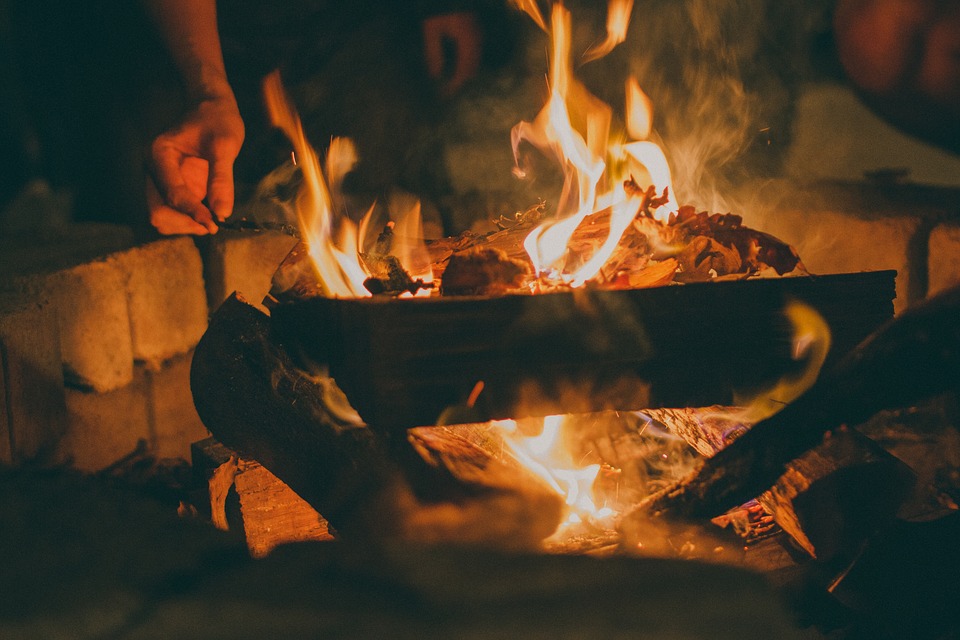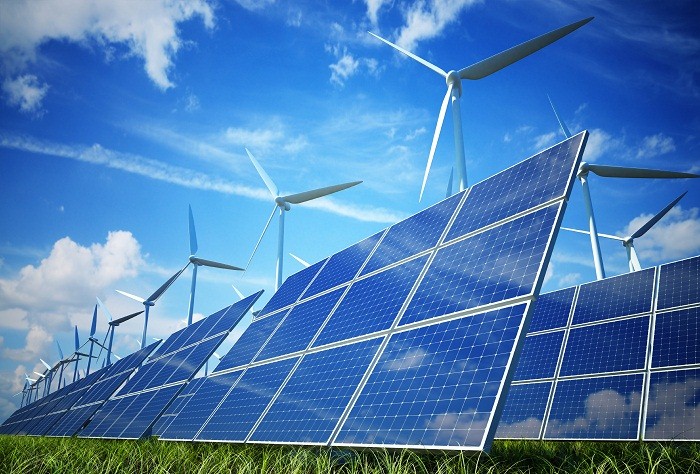
Heating with wood burning stoves has been a popular method of keeping warm since the industrial era. In the United States over one million people use them and with thousands more installed every year, there is growing concern among experts that stoves are bad for the environment and health. However, the truth is that responsible use of wood as an energy source should be promoted on environmental grounds and guarded from unjust criticism.
The increased popularity of the domestic stove, used as a primary heat source for a single room or the entire house, has occurred at the same time as a transfer in the way electricity is being produced in the USA, from coal to wood – and has resulted in us using up more wood since the Industrial Era.
With price tags often exceeding thousands of dollars to purchase and install, wood-burning stoves have become a must-have home accessory for many, joining the ranks of Apple Mac computers and the Dyson vacuum as some sort of trophy to the environmentally friendly among us.
There are even government grants promoted to persuade homeowners into opting for more eco-friendly forms of energy, for example, the Biomass Tax Credit that has benefited thousands for several years now.
The three main factors that need to be considered when discussing the affect of wood burning on the environment include the following:
- Impact on Forests
- Outdoor air pollution
- Indoor air pollution
Impact on Forests
The impact on forests is a real concern for many, but when managed well it is a renewable energy source superior to environmentally harmful fossil fuels. In fact, wood fuel is classified as “carbon neutral” since you can replant as many trees as you burn, but that hasn’t halted the controversy, with many people expressing real concern about the use of wood as an energy source.
However, this hysteria is largely unfounded according to William Stewart co-director of the Center for Forestry, Agriculture and Natural Resources, University of California, Berkeley. “Forests have been harvested for bioenergy long before it became a controversy,” he says. “They benefit from thinning, and they are healthier because there is less competition for water and nutrients.”
But forests aren’t the only wood source, wood waste is another and it is estimated that by 2022 waste wood alone could provide 2.8 billion gallons of biomass fuel. Therefore, it’s important to be aware that while many agree wood heat shouldn’t be used as the primary source of home heating, it’s certainly a renewable and eco-friendly option.
Outdoor Air Pollution
Prior to the 1980’s the emissions produced by wood stoves was unknown and largely unregulated. However, in the late 80’s the EPA established that catalytic wood burning stoves must not exceed 4.1 grams of smoke per hour and for non-cat stoves of 7.5 g/h.
At present, all wood burning stoves and fireplace inserts sold in the U.S. have to meet the above emission limits deemed acceptable by the EPA. Although, it’s common to find stoves sold that fall into the 1 to 4 g/h window.
In 2015, the EPA further strengthened their clean air standards for residential wood heaters, to ensure all appliances were cleaner and helped improve air quality. This means that stove and home heating appliance manufacturers had the legal obligation to make their products meet the requirements, which is estimated to reduce harmful emissions such as volatile organic compounds by 70 per cent.
Even more promising is that the EPA are increasing their demands and by 2020 emission testing must be carried out using cordwood as opposed to crib wood, which is the current standard. Since, they have demonstrated that it gives a more accurate idea of emissions from wood heaters in everyday use.
Surprisingly, last month a company released the first wood stove compliant with the 2020 cordwood standard, this was a model by Eco Vision which had an emission rate of 1.3 gph, smashing the EPA’s 2020 limit of 2.5 gph.
Indoor Air Pollution
The new EPA regulations also help improve the quality of indoor air. In addition, the same advanced appliance requirements that result in lower outdoor emissions also result in less toxic smoke being released into the house.
The new EPA rules have led to a huge reduction in indoor and outdoor pollution, with fine particulate matter, volatile organic compounds and carbon monoxide emissions all being the target of reduction. For instance, by 2020, new models will generate an estimated 46,100 tons less carbon monoxide– a huge reduction of 62 percent.
It’s also important to have adequate ventilation fitted in accordance with local and state regulations. This is essential as it ensures that smoke and toxic emissions such as carbon monoxide are safely and effectively removed from your home.
Final Thought
While concerns about the viability of wood burning appliances are well-founded, the truth is that with the use of wood from sustainable sources, wood heat is a positive step away from fossil fuels. And with the EPA making more stringent requirements for manufacturers in the future, emissions from wood stoves and fireplaces is something we can all look forward to!
Author Bio
Written by Jude McLean– a Green Energy consultant and experienced stove user, writer at the green energy blog HeatTalk.





Leave a Comment